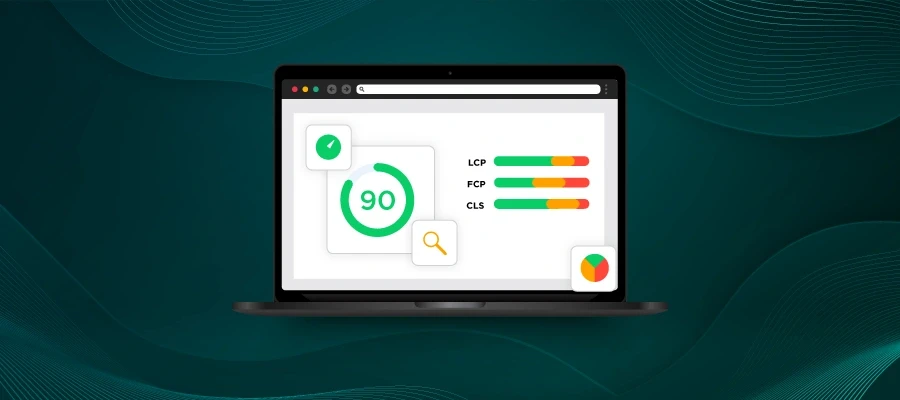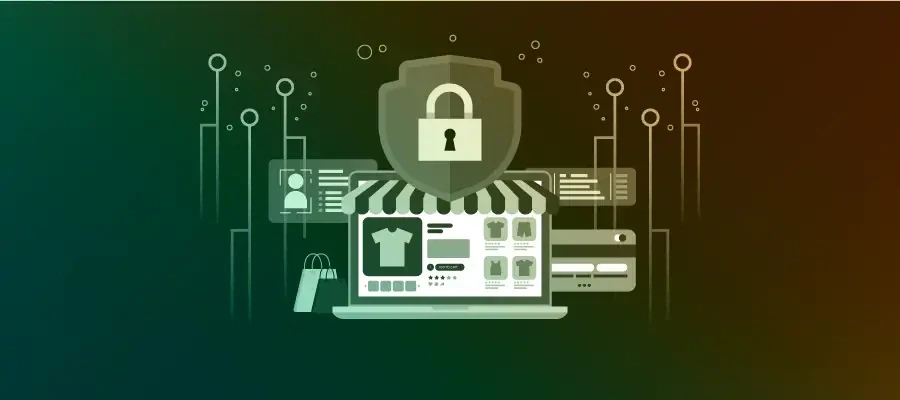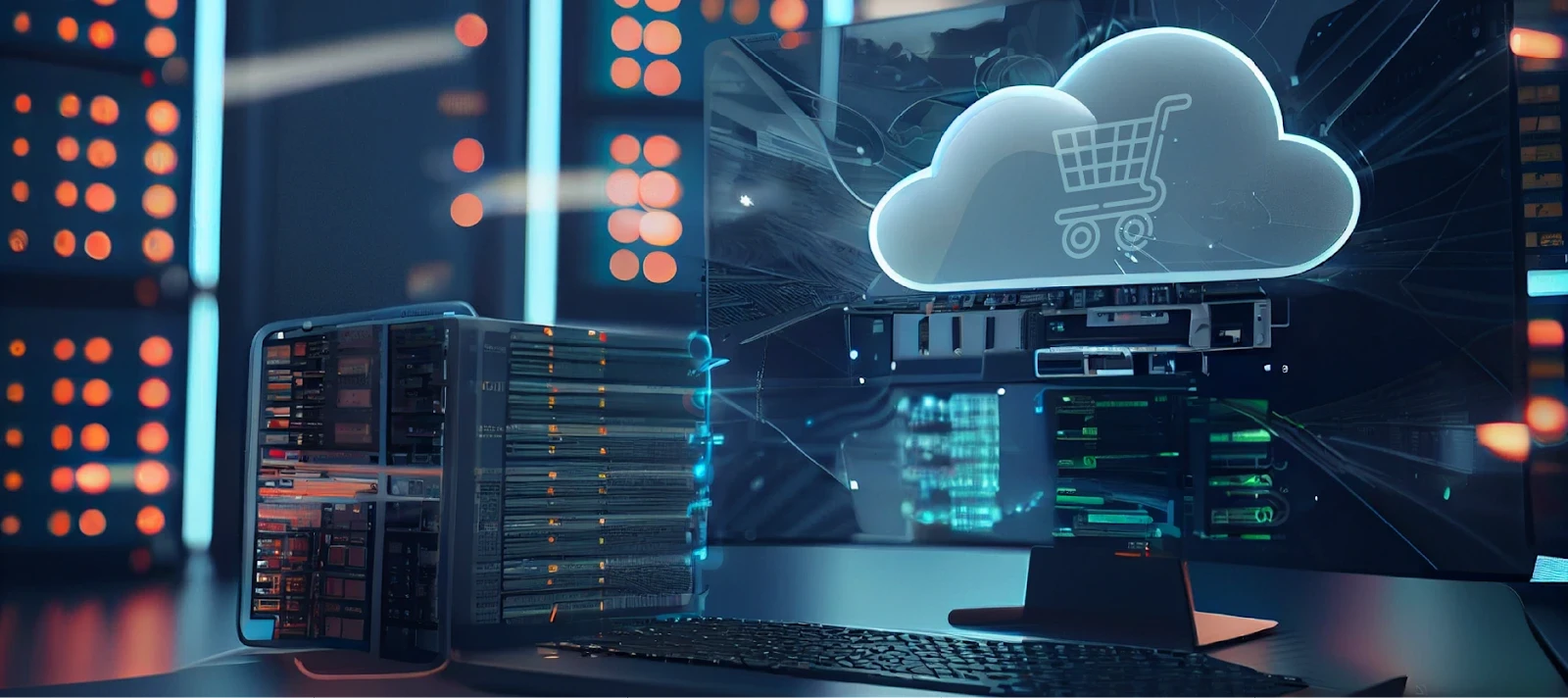This is a three-part blog series. This part discusses the reliability of cloud-based hosting, scalability, the need for outsourcing, tips for cloud migration, and catering to complex cloud management needs of global businesses.
Our CEO Sonal Puri joined Doug Hollinger, President and Chief Content Officer at Concierge Commerce, for the Cuppa Commerce podcast, where he interviews industry insiders and experts that are influencing the way we sell online. The Cuppa Commerce podcast discusses where digital commerce is headed – and how digital and e-commerce professionals can maximize return on their investments.
Below are some of the most interesting excerpts from Sonal and Doug’s conversation.
The reliability of cloud-based hosting
Doug: For those who maybe are still migrating or thinking about the holdouts a little bit, how reliable is cloud-based hosting these days? I think there used to be a lot of fear, say five years ago, about loss of control or something, but it seems to me that’s died down, but in your perspective, is cloud-based hosting super reliable? Is it any different than what people might expect?
Sonal: It’s extremely reliable. We have customers that use AWS, GCP, and Azure. But we’ve not seen an entire hyperscale cloud provider go down for years now. They’ll have regional outage. They’ll have an availability zone outage. But there is enough of redundancy built in where I wouldn’t go to a static data center anymore because it’s a single point of failure. And I believe the hyperscale providers have enough of gaps built in. Now there are other things like DNS, switching fabric and other things that can go wrong, but it tends to be regional and maybe an availability zone that has issues, not a complete cloud provider.
Scaling “right” with the cloud
Doug: I’d like to talk a little bit about that scalability and how you use cloud infrastructure generally to ensure you always have just the right amounts. So obviously hiring somebody like you to make sure that that’s managed properly is a good solution. But how to commerce businesses find that sweet spot? Is it constant monitoring? Are there automated solutions? And is it just sort of the basic hosting? Or is there something you got to look at across all the layers of the solution? The web layer, the application layer. You mentioned security. There is even performance and all that sort of stuff. So how do they kind of keep that all together across all these solution layers?
Sonal: So let’s talk about scalability. Predictive auto-scaling, in Webscale’s terms, is scaling of the web layer. We’ll also scale the app layer, and the data layer, even though there may be people listening to this podcast that will disagree with me. And I speak on behalf of our CTO who is a distributed computing guy. He’s gotten to a point where he doesn’t see the data layer being the problem point anymore, if the traffic is managed correctly, and the sessions and the visitors are managed correctly all the way from the web to the app layer then to the data layer.
If everything is set up correctly in terms of the services that take up an entire site you won’t have any issues on scale. We don’t see a customer of ours – knock on wood – fall down because they ran out of capacity at any layer of the infrastructure. It just doesn’t happen. In fact, we just finished three years of flawless distribution during Black Friday when our traffic was 10X of what it normally is. Across some of our customers, we were doing 20X, 25X, driving sales and traffic and visitors to their sites. The back end just stood up to all of it and delivered, and then scaled back as soon as the traffic went away.
So that’s the way we see the world when it comes to just pure scale. If you have utility, you have infrastructure available, and your willing to pay for it, it’s there. There is no shortage. Then you can add on things like performance or security or all of those services. So we host more than 1,000 digital commerce stores around the world today in seven different countries. Most of them are in the US, UK, Australia. For all of these customers, we’ve taken away the entire complexity of trying to figure out what you need on the security and the performance side.
All the pieces that make up the need for performance, the need for security, be it frontend security, backend security, bot management to figure out how best to handle bots, because there are good ones, bad ones and everything in between. Then there’s managing images. Delivering the right size of image to the right device. All of these pieces are features that, we believe, can be leveraged by the smallest of customers – because they have the same problems – and the largest of customers. And we make all these services available to our entire customer base, straight out of the box.
So a customer doesn’t need to know that they need security. Everyone needs security. They don’t need to know that they need performance. I mean, everyone would love a faster site, so we just build it into our converged stack that gives them access to everything.
The need for outsourcing
Doug: Kind of goes back to just what we were talking about earlier, which is just kind of paying attention to it, and being aware of the interplay of these layers and the different pieces of your site. And again, if you don’t have the IT infrastructure in staff and sophistication to deal with that, as a consultant, I often recommend that they should outsource because it’s just something that needs specialization and constant monitoring. And as new capabilities, and solutions, and providers come out, it’s easy enough to switch around if you have somebody looking after it.
Sonal: That’s exactly it. It’s like someone’s watching your back when you’re not looking because if you’re a digital business owner, you have a million things to worry about. There’s the entire merchandising process. There’s the frontend. There’s the look and feel of your brand. Shipping. Returns. There’s so much work on the frontend itself that you need to deal with, you’re going to blink and lose sight of the back end.
And then, there are – I don’t mean to put the fear of bad people – but there’s so much activity on the backend and a lot of people trying to access secure information behind the scenes, that it just blows our mind when we see the frequency of these kinds of events. Somebody like us see these issues early when it comes up on one site out of the thousands that we manage. We know we’ll see it across the other 999+ sites, so we’re able to take the fix and apply it to the rest of our customers. So, to your point, having the Software as-a-Service way of controlling it, the insight you get from one customer, you can then use that to protect the rest of your customer base.
Tips for Cloud Migration
Doug: I want to go back to– I think we touched on this just briefly about migration. Migrating from a traditional hosted architecture to a cloud-based and service-based model. So, what would you say are some key tips for commerce businesses making that move? And again, how involved is that when you’re moving something like a traditional e-comm platform or an older solution?
Sonal: Again, we’ve migrated more than 1,000 sites to the cloud. We’ve seen every flavor or every version of e-commerce software you can imagine. We still see, what our CTO calls, these unique snowflakes that’ll come through the door, but we tend to look at them as building blocks. You’ve got your network, you’ve got your instances, you’ve got code, you’ve got all the pieces that bring your site together that make it tick the way it’s supposed to, and then we define every customer site as code. That piece of code sits in our auto-provisioning system.
So we can do things like create a backup system, or create a staging environment, or a development environment, or whatever the customer needs us to do, but there’s that learning that’s already been written down. We’re forced to write down everything, and it doesn’t sit in somebody’s head on how a site is built.
So, to come back on the migration piece, we see customers can go live anywhere from a week, two weeks, all the way to month and a half, two months if they have heavy testing that they’re doing, like functional testing as well as load testing. And some of the larger customers need to pass all of their security and compliance requirements before they go live, so we may end up seeing a month and a half, two months in those timelines. But just the repeatability of it is becoming significant for us. That becomes our biggest strength. We’re like a doctor that’s been in the ER and seen pretty much any kind of case you can imagine. I know it’s a horrible analogy, but it kind of helps you summarize. I’d rather get an ER doctor that had 10 years of experience than somebody who was an intern just figuring his way around the place.
Catering to complex cloud management needs of global businesses
Doug: How should global businesses or companies that have complex organizational structures approach this in terms of cloud? Early on in the interview, we were talking about sort of different providers maybe that you would use in different regions around the world. So maybe having a single vendor like you helped them do this or is there any benefit to having a single cloud hyperscale provider, or is this something that should be looked at on a case by case basis in terms of managing all of that?
Sonal: Let’s talk about the business reasons to X, Y, and Z. In fact, I’d go even so far as to say, let’s talk about the business reason why you think you need global infrastructure. We sometimes get customers that come to us and say, “I need to create this additional site in this country in Asia and I need to run this entire backend system in-country in Hong Kong and I need to X, Y, and Z.” And then when you start to drill down you realize that maybe we don’t need to do exactly what they’re saying. Maybe we can run the frontend of the site in different geographies, but the backend of the site can be in two centralized locations, and therefore using the same cloud provider in those situations might be a smarter thing to do because then the backend is more in sync and you’re using the same instance types and they’re talking on the same control plane. It just makes it easier.
So it keeps going back to – when you’re trying to do something interesting, just let us know whether it’s a compliance requirement, whether it’s a business requirement and what you’re trying to do, and we’ll be happy to make it work for you.
We’ve done some really interesting things. In fact, we have one customer that we started working with a single site and then literally, two days before they were going live, they came back and said, “Oh my God, our finance guy just told us that we have this huge compliance thing where we cannot move the system.” And all of their customers that sit in Germany need to be served out of Germany. So literally on a dime, we were able to push-button-deploy a copy of that entire site in-country in Germany and then the main site sat in the US. So it’s just one versus another situation.
And then in another case, there was a customer who came and said, “I need to build a whole new site in Korea.” But after we spoke to them, it turned out we only needed to put the web layer in Korea because people were not transacting, they were purely browsing.
For the previous part of this blog series, click here.
Access the full podcast at this link.













